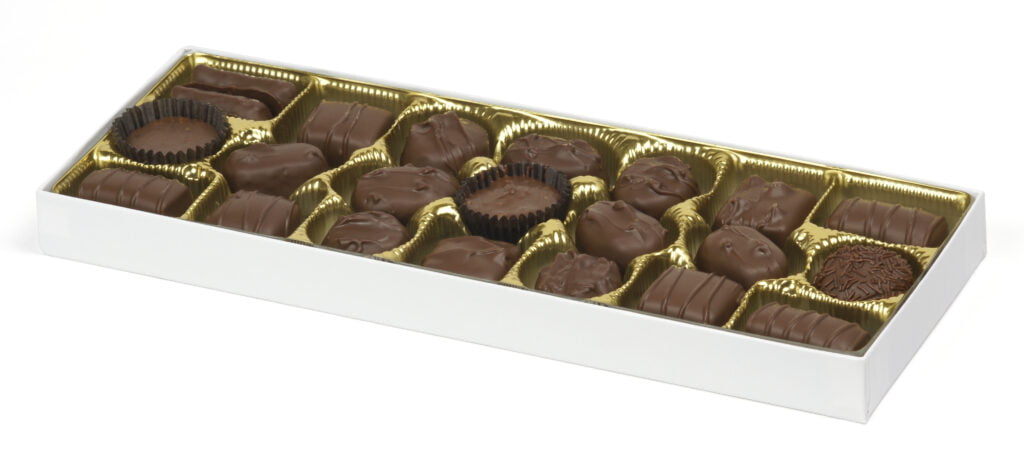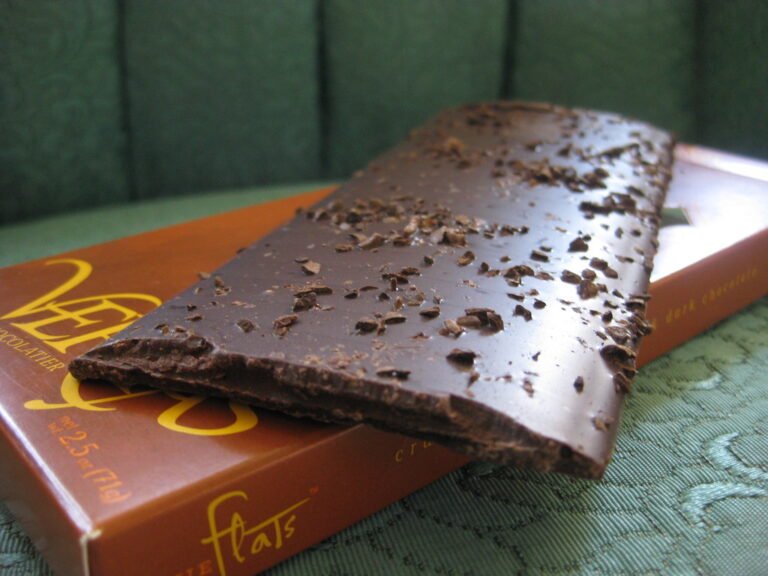As chocolate enthusiasts, we all know that the flavor of chocolate can vary greatly depending on the brand, origin, and processing techniques. But have you ever wondered about the science behind chocolate’s unique taste and aroma? In this comprehensive guide, we’ll take a deep dive into the art and science of chocolate flavor and explore the factors that contribute to chocolate’s unique taste and aroma.
The Basics of Chocolate Flavor
Before we dive into the specifics of chocolate flavor, let’s review the basics. Chocolate is made from cacao tree beans, which grow primarily in tropical regions. The beans are harvested, fermented, dried, roasted, and then ground into a paste used to make chocolate.
The flavor of chocolate is a combination of sweet, bitter, and savory flavors, as well as a range of aromas that contribute to its unique taste. The sweetness in chocolate comes from sugar, while the bitterness comes from the cocoa solids. The savory notes come from the complex interactions between the various flavor compounds in chocolate.

The Role of Terroir
Terroir, a French term used to describe the unique characteristics of a region’s soil, climate, and topography, plays a significant role in the flavor of chocolate. Like wine or coffee, the taste of chocolate can vary greatly depending on where the cacao beans are grown.
The specific combination of soil, climate, and other environmental factors can subtly affect the beans’ flavor. For example, cacao grown in the tropical regions of South America tends to have fruity and floral notes, while cacao from West Africa tends to be earthy and robust.

The Impact of Processing Techniques
The way that chocolate is processed also plays a significant role in its flavor. Several techniques are used to process cacao beans, including roasting, conching, and tempering.
Roasting is heating the beans to develop their flavor and aroma. The duration and temperature of the roast can significantly impact the finished product’s flavor. Conching is a process of grinding the roasted beans into a smooth paste, which helps to distribute the flavor compounds evenly. Temperament is the process of heating and cooling the chocolate to stabilize it and give it a smooth texture.
Flavor Compounds in Chocolate
Chocolate has over 600 different flavor compounds, contributing to its unique taste and aroma. Some of the most important flavor compounds in chocolate include:
- Flavanols: These compounds are responsible for the bitter taste of chocolate and have been shown to have health benefits, including improving heart health and reducing inflammation.
- Phenols: These compounds are responsible for the astringent taste of chocolate and have antioxidant properties.
- Methylxanthines: These compounds, which include caffeine and theobromine, contribute to the stimulant effects of chocolate.
- Volatiles: These compounds are responsible for the aroma of chocolate and can vary greatly depending on the origin and processing techniques used.
Pairing Chocolate with Other Flavors
The unique flavor profile of chocolate makes it an excellent ingredient for pairing with other flavors. Some classic pairings include chocolate and coffee, chocolate and berries, and chocolate and caramel.
When pairing chocolate with other flavors, it’s essential to consider the intensity and complexity of the flavors. For example, pairing rich, dark chocolate with a light, the fruity flavor may not be the best choice, as the chocolate could easily overpower the other flavor.
Conclusion
In conclusion, the flavor of chocolate is a complex and fascinating subject, and many factors contribute to its unique taste and aroma. From the terroir of the cacao beans to the processing techniques used to make chocolate, every step in the process plays a critical role in the final flavor of the chocolate. Understanding these factors can help chocolate enthusiasts appreciate the complexity of their favorite treat and make informed choices when selecting chocolate products.
Whether you’re a milk or dark chocolate fan, understanding the art and science of chocolate flavor can help you appreciate this beloved treat’s unique taste and aroma. From the sweetness of sugar to the bitterness of cocoa solids and the complexity of the many flavor compounds in chocolate, every aspect of the chocolate-making process contributes to the final flavor and aroma of the chocolate.
In this guide, we’ve explored the basics of chocolate flavor, including the role of terroir and processing techniques, the importance of flavor compounds in chocolate, and the art of pairing chocolate with other flavors. We hope this guide has helped you gain a deeper appreciation for the art and science of chocolate flavor and has inspired you to explore new and exciting flavor combinations.
FAQs
Q: What is the flavor of chocolate? A: The flavor of chocolate is a combination of sweet, bitter, and savory flavors, as well as a range of aromas that contribute to its unique taste.
Q: What is terroir, and how does it affect chocolate flavor? A: Terroir is a French term that describes the unique characteristics of a region’s soil, climate, and topography. It plays a significant role in the flavor of chocolate, with the specific combination of environmental factors affecting the flavor of the beans in subtle ways.
Q: What are some of the essential flavor compounds in chocolate? A: Some of the most important flavor compounds in chocolate include flavonols, phenols, methylxanthines, and volatiles.
Q: How can I pair chocolate with other flavors? A: When pairing chocolate with other flavors, it’s essential to consider the intensity and complexity of the flavors. Some classic pairings include chocolate and coffee, chocolate and berries, and chocolate and caramel.
Q: What are some standard processing techniques used in making chocolate? A: There are several different techniques used to process cacao beans, including roasting, conching, and tempering.
